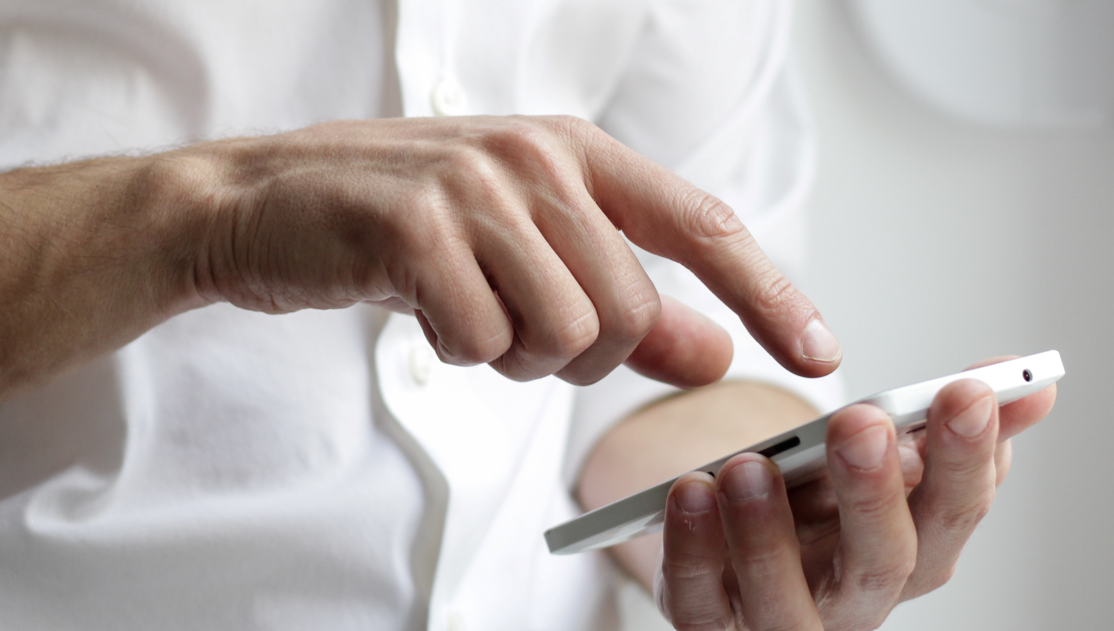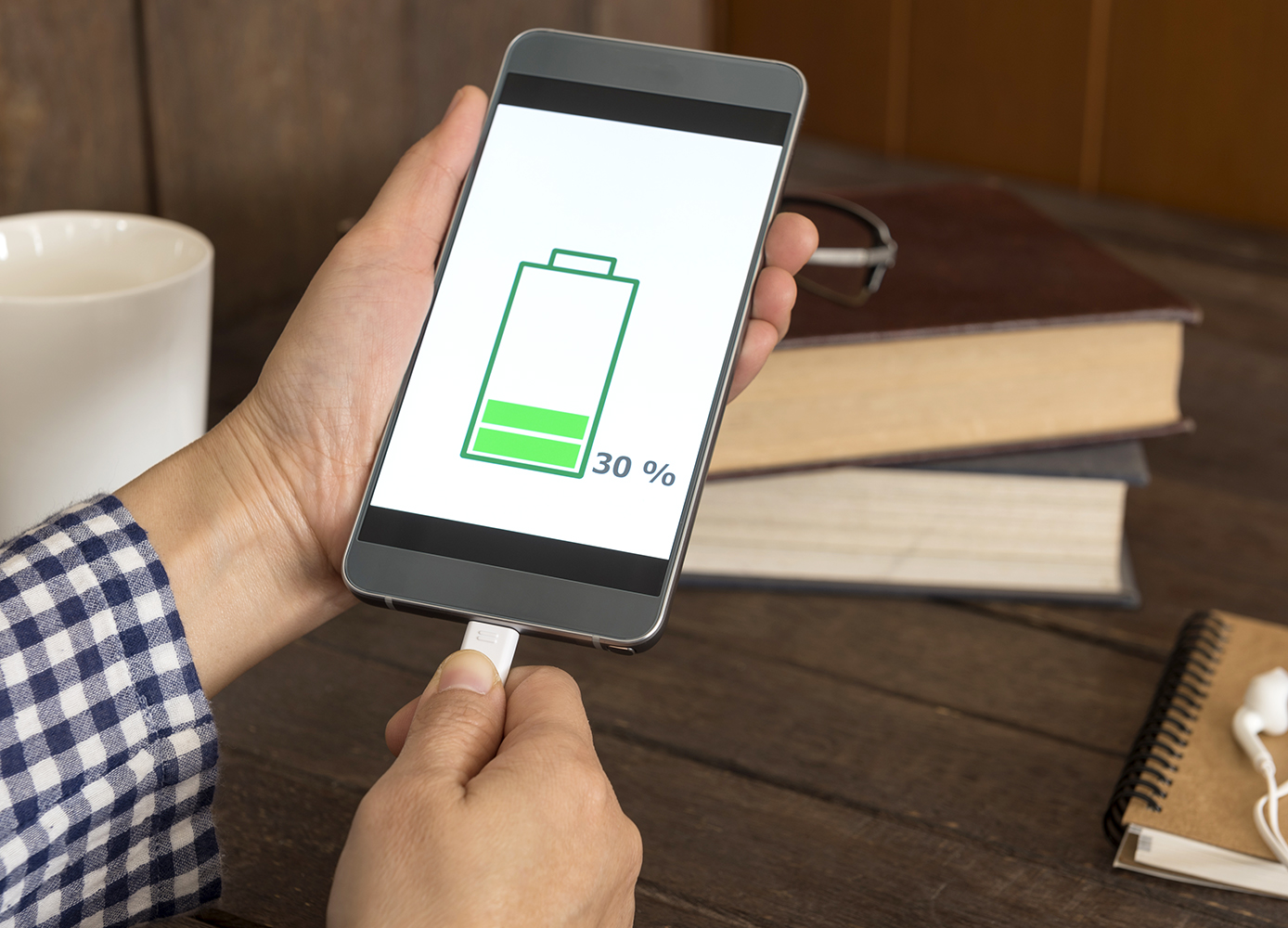Find out how to keep your personal information out of the wrong hands
By Matt Smith
By running apps on your smartphone, you’re giving them permission to access personal information, and to control your phone’s features. Sometimes this is necessary—for example, giving your messaging app access to your contacts—but apps can overstep their boundaries, so it’s important to be aware and in control of what your apps have access to.
App Permissions
Apple users can control this from the Privacy section of the Settings menu. App permissions are sorted by category, and pressing their names will display a list of apps that could access them. Tapping the slider next to an app’s toggles permissions for that app.
Here you also have the ability to choose whether or not to send anonymous data about your phone usage to Apple. Back in the main Settings menu, you’ll also find a category called Location Services, where you can choose which apps have the ability to track your phone’s location.
For Android users, go to Settings, then Apps, then press the gear icon at the top and select App permissions. As with the iPhone, you’ll see a list of the different categories of permissions for various apps, which can be toggled with sliders. Like Apple, Google collects data about your phone usage, including tracking your location. You can disable this through the Location menu in Settings.
Passcode
You can (and should) keep your phone locked with a passcode. Apple users can set this up in the Settings menu, as well. On newer models, this is found under the category Touch ID & Passcode, and on older phones just Passcode. It’s also wise to set your phone to lock itself automatically when not in use. You’ll find this option under Settings > General > Auto Lock.
Android users can add a passcode to their phone through Settings > Security > Lock Screen. Here you can set a passcode, password or pattern to unlock your phone. Tap the gear icon in the same menu to set your phone to lock automatically.
Notifications
Protect your phone from prying eyes in public by limiting the notifications that pop up when your phone is in lock mode.
On Apple devices, go to Settings, then Notifications. Here you can choose how the phone displays notifications. Disable Show Previews to prevent notifications from popping up on your lock screen.
Android users will find these options under Sound & Notifications in the Settings menu.
Photo: iStock/peterhowell.






